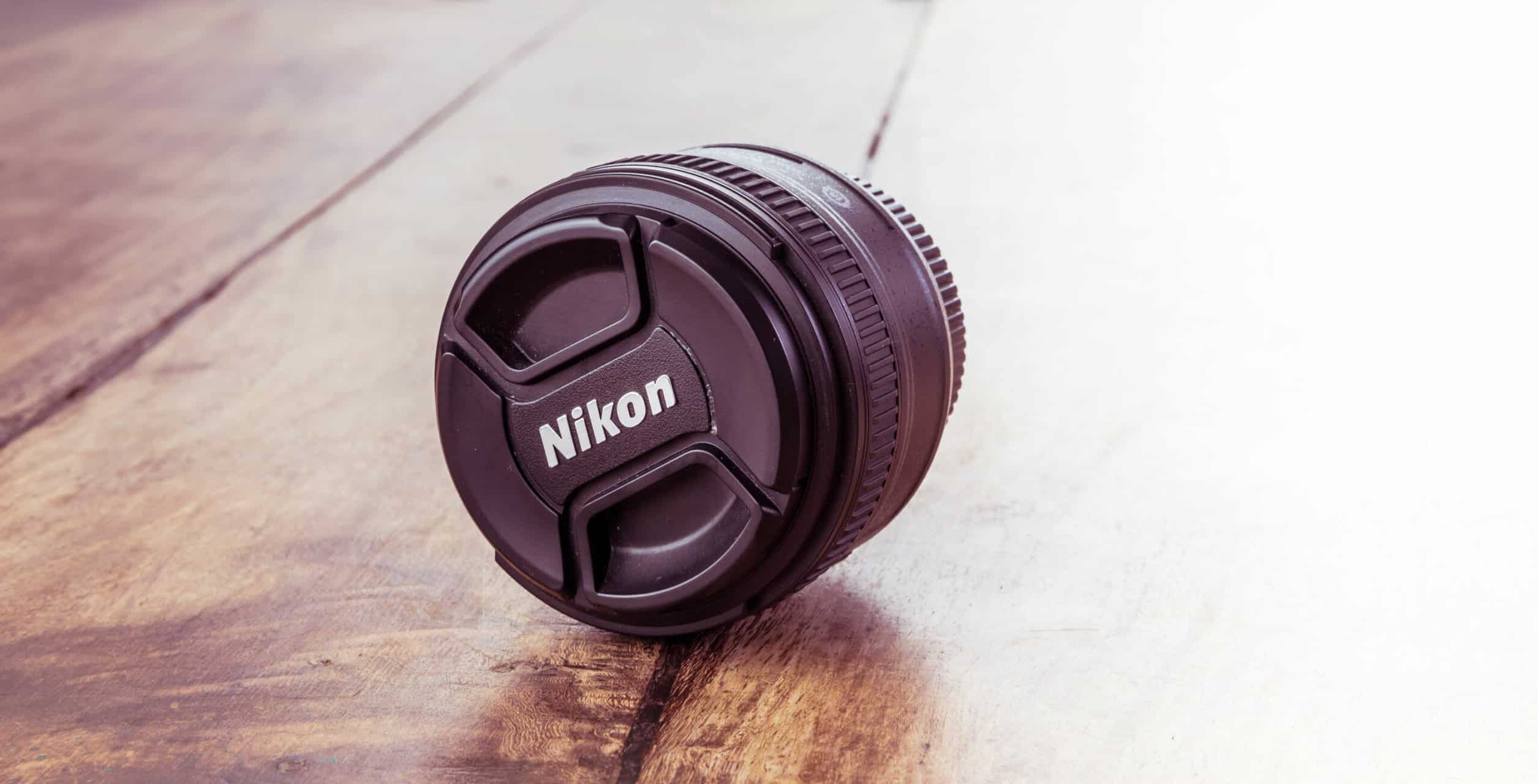50mm lenses are perfect for a variety of shots and disciplines. They excel at versatility and capturing what the human eye normally sees. For beginners, a 50mm lens is a fantastic fixed focal point starting lens.
What are 50mm lenses good at? 50mm lenses are great for high-contrast photos that can be captured across a variety of light levels. Whether your capturing movement or portraits, 50mm lenses offer a cost effective way to effectively capture your subjects.
Often, a good 50mm lens can be the main workhorse of any setup. There are a lot of reasons to use the 50mm lens, as the American Academy of Photography discusses here.
Table of Contents
Benefits of a 50mm Lens
Some of the major benefits of a 50mm lens include:
- Small, light, and portable
- 50mm lenses are fast, allowing for movement capture and low-light photos
- Great for capturing bokeh, or out of focus details
- Sharp photos across all stops
- Great for portraits
With all of these benefits, you may wonder what a 50mm lens is not suitable for. Unfortunately, due to some of these pros, the 50mm lens has limitations. Common areas where the 50mm lens falters include:
- Landscape shots
- Wide-angle photos, such as pictures of seating
- Requiring creative framing (both a positive and a negative)
Even with a couple of limitations, there is no reason to not include a 50mm lens in your photography kit. In fact, there are many reasons to own one and up your game.
Shooting Across All Light Levels
The 50mm lens’ capability to shoot incredible photos across a variety of light levels is arguably its most important aspect. Often at events, photographers are not given the luxury of ensuring good lighting with every shot.
Lots of camera lenses, especially zoom lenses, struggle in low light levels. Zoom lenses are lenses that can switch focal lengths within a set range, such as 24-70mm. A 50mm lens, or any fixed focal length lens, is called a prime lens. While it may feel more limiting not being able to switch focal length easily, this can encourage creativity and produce sharper images, especially in low light levels.
A camera’s ability to shoot in low light is tied to a few key components, one of which is the aperture of the lens. Due to how quick most 50mm lenses are, in addition to how much light they easily let in, low light levels become fairly trivial. This results in images that are less noisy and have better focus.
A 50mm lens really shines (half pun, half intended) with weddings for example. Weddings can take place across a variety of locations, which is why a 50mm lens is an essential part of wedding photographer’s toolkit. Shooting across different light levels is one of the most important aspects of photographing a wedding. Outdoor, indoor, mixed, in the morning or late at night – a 50mm lens should be able to capture photos in all of these settings, making it essential.
Conclusion
50mm lenses are fantastic. This was the first extra lens I bought for my Nikon camera. I think you’ll like them too.
For further reading, I really like this write up by Todd Vorenkamp on 50mm lenses, namely why every photographer needs to own and use one. Check it out! He goes into more detail on his journey and what they’re good for in more detail than what is intended with this article.

